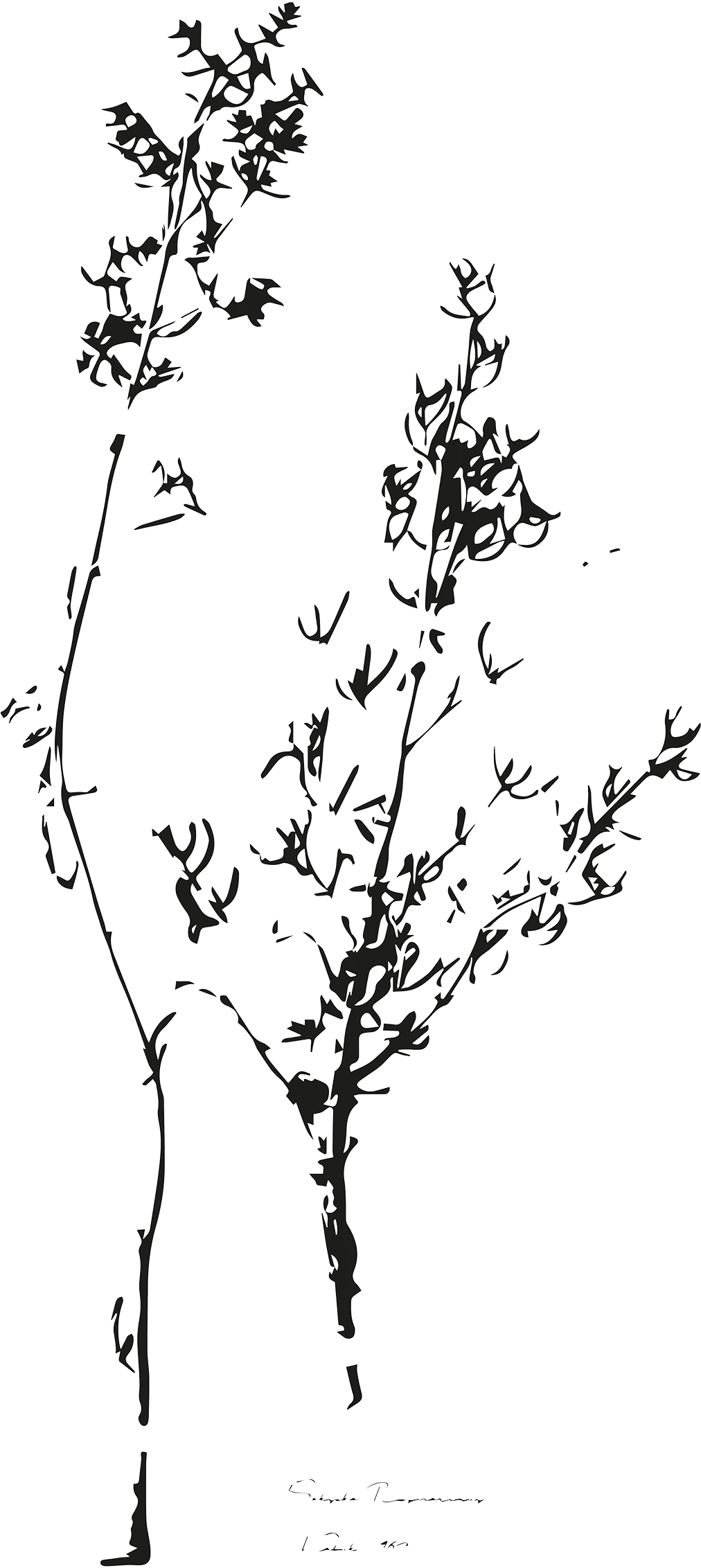THE STORY
The Design
These waistcoats are perfectly designed to cope with Afghanistan’s brutally cold winters, and fierce summers, and are traditionally worn by Afghan men throughout the year. We’ve updated the traditional waistcoat by pairing soft wool with a contemporary lining. They are cut to fit all sizes, large and small.

The Tradition
Waistcoats are a typical item of Afghan menswear, often worn with a shalwar kameez, an outfit that consists of a long tunic and a matching pair of baggy trousers. The waistcoat may change its form depending on where it is made, when it is being worn (daily, festival, etc), and by whom. The Afghan term for this garment, waskat, hints strongly at its English origins, inspired by European waistcoats that initially appeared in India in the 18th century via the British East India Company and similar European trading companies.




















